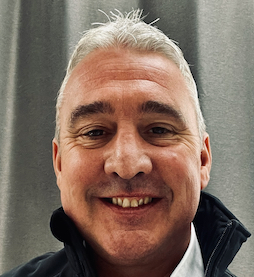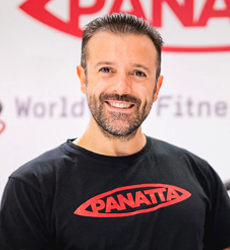The effect exercise has on how women produce estrogen could be a reason why physical activity helps to reduce the risk of breast cancer, scientists have found.
We know from a range of existing research that keeping fit can help prevent breast cancer, but just how it does so has remained a mystery until now. “Ours is the first study to show that aerobic exercise influences the way our bodies break down estrogens to produce more of the ‘good’ metabolites that lower breast cancer risk,” says lead researcher Mindy Kurzer, a professor in the Department of Food Science and Nutrition at the University of Minnesota, US.
Exercise intervention
The Women in Steady Exercise Research clinical trial was based on just under 400 healthy but sedentary females aged between 18 and 30 years. All were premenopausal, meaning their bodies still produced estrogen – a large contributing factor in developing breast cancer.
The women were randomly split into two groups. Those in the first group remained inactive for the 16-week trial for control purposes. Meanwhile, the women in the second group performed 30 minutes of moderate to vigorous aerobic activity five times a week. Exercises included walking on a treadmill, or using a stepper or elliptical cross-trainer.
The exercise intensity was initially set at 65–70 per cent of the women’s age-predicted maximal heart rate, and was increased by 5 per cent every four weeks until 85 per cent was reached.
Estrogen effect
Published in Cancer Epidemiology, Biomarkers & Prevention*, the results showed that exercise had a significant impact on two estrogen metabolites – by-products when estrogen is broken down by the body. Women in the exercise group had higher levels of hydroxyestrone (2-OHE1) – a relatively benign metabolite – and lower levels of 16 alpha-hydroxyestrone (16-alpha-OHE1), a mutagenic metabolite that’s capable of damaging the DNA and that’s considered potentially carcinogenic.
Having more of the benign metabolite and less of the damaging one is, says Kurzer, linked to warding off breast cancer.
Women in the exercise group also had significant increases in aerobic fitness and lean body mass, and significant decreases in body fat percentage.
Of the effects exercise has on altering estrogen, Kurzer says: “Exercise, known to favour fitness and improve heart health, is also likely to help prevent breast cancer by altering estrogen metabolism. It is important, however, to decipher the biological mechanisms behind this phenomenon.” She is therefore conducting a similar study on women with a high risk of breast cancer, in collaboration with researchers at the University of Pennsylvania.
“There are so many more questions we could look at,” says Kurzer. “Could some women benefit more than others with exercise? Or could you see a greater effect with additional activity?”
Certainly research by the University of North Carolina† suggests more exercise does make a difference. The study was based on more than 3,000 women aged 28–90 who were taking part in the Long Island Breast Cancer Study – half had breast cancer. Those who did very little exercise but were still physically active decreased their risk of breast cancer by 6 per cent compared to sedentary women. Yet the risk of developing the disease decreased to 30 per cent among women who exercised 10–19 hours a week.
More women, more active
While there’s room for further research, Kurzer is hopeful that her study, and others, will at least give people a good reason to start working out regularly.
“I think a lot of people are afraid of cancer and feel helpless,” she says. “Perhaps this is one thing they can do to lower the possibility of getting cancer.”
*Kurzer, Mindy S et al. The Effects of Aerobic Exercise on Estrogen Metabolism in Healthy Premenopausal Women. Cancer Epidemiology, Biomarkers & Prevention. May 2013 †McCullough, L et at. Fit or Fat: The Joint Effects of PA, Weight Gain and Body Size on Breast Cancer. Cancer. June 2012























































